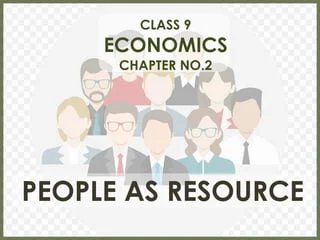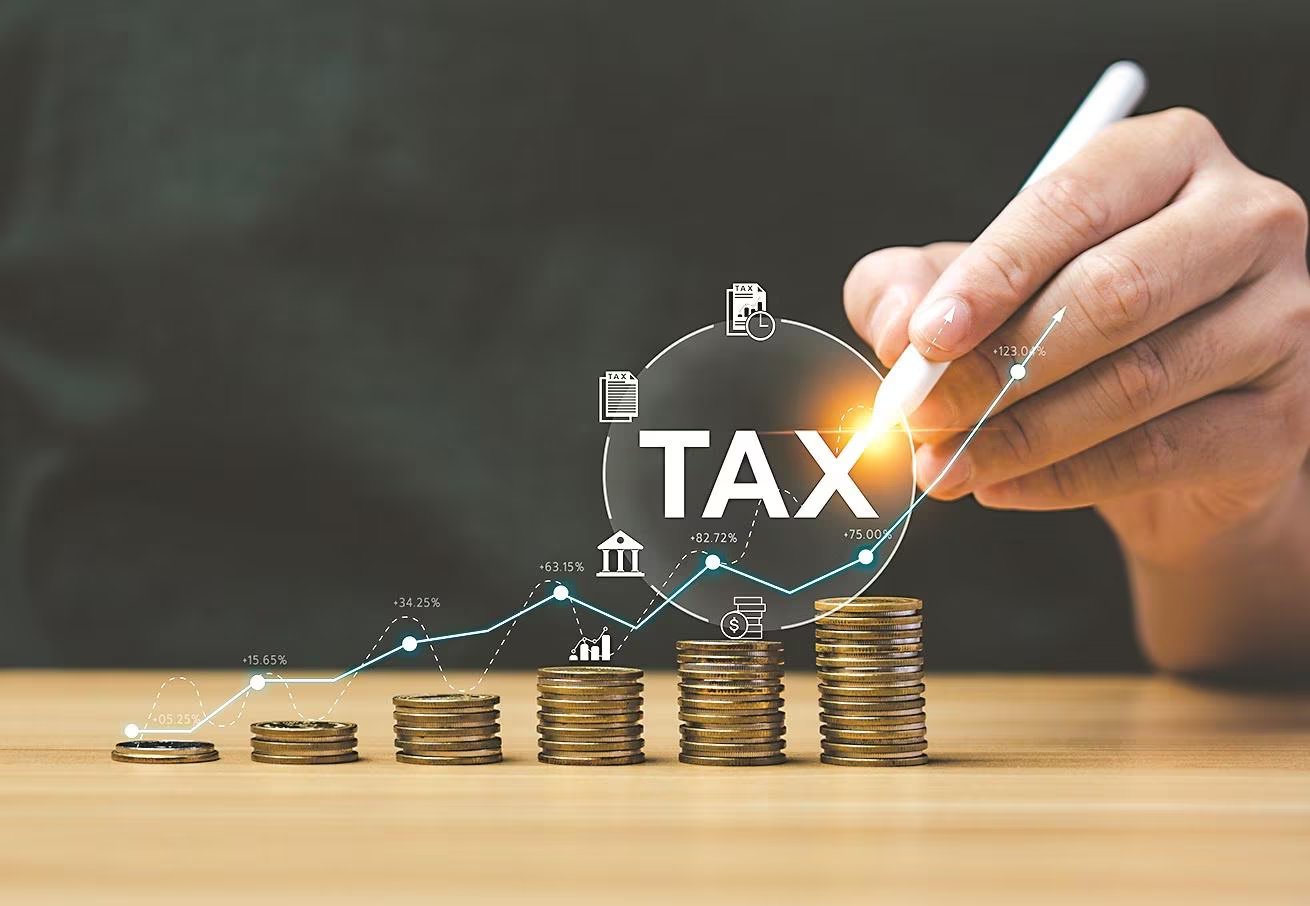Course description
This chapter in Class 12 Economics focuses on India's economic development from the time of independence in 1947 to 1990, and the significant economic reforms introduced in 1991. It covers the strategies adopted by India for economic growth during the first four decades post-independence, and the reasons behind the shift towards liberalization, privatization, and globalization (LPG) in 1991. The chapter helps students understand the impact of these changes on various sectors of the Indian economy.
Key Topics Covered:
1. Development Experience (1947-1990):
Economic Planning:
Introduction to the Five-Year Plans and their objectives.
Focus on self-reliance, growth, and poverty alleviation through centralized planning.
Features of Indian Economy (1947-1990):
Dominance of agriculture, low industrial growth, and limited infrastructure development.
Emphasis on Public Sector Enterprises (PSEs) to control key industries.
Protectionism: High import tariffs and restrictions on foreign trade and investment.
Agricultural Development:
The Green Revolution and its impact on food grain production.
Land reforms and cooperative farming initiatives.
Industrial Growth:
Role of the Industrial Policy Resolution of 1956 in promoting heavy industries.
Growth of the public sector in key industries like steel, coal, and energy.
Challenges during this period:
Slow economic growth, low productivity, and inefficiency in public enterprises.
Rising fiscal deficits and increasing external debt.
2. Economic Reforms since 1991:
Background of 1991 Reforms:
India’s Balance of Payments crisis, depletion of foreign exchange reserves, and rising inflation in the late 1980s and early 1990s.
Role of the International Monetary Fund (IMF) and the World Bank in pushing for structural reforms.
Liberalization:
Reduction of government controls and regulations on industries.
Easing of licensing restrictions (ending the License Raj).
Privatization:
Transfer of ownership from the public sector to the private sector.
Disinvestment in public sector enterprises to improve efficiency.
Globalization:
Integration of the Indian economy with the global market.
Reduction in trade barriers, encouraging exports, and foreign direct investment (FDI).
Key Reforms Introduced:
Tax reforms: Simplification and reduction of tax rates.
Financial sector reforms: Deregulation of interest rates, increased competition in the banking sector.
Trade policy reforms: Reduction of import tariffs, easing export-import regulations.
Impact of Reforms:
Accelerated economic growth, increased foreign investments, and expansion of the service sector.
Growth of the IT and telecom sectors.
Challenges such as growing income inequality, rural-urban divide, and unemployment.
3. Comparison of Pre- and Post-1991 Periods:
Contrast between the planned economy approach before 1991 and the market-driven economy after the reforms.
Analysis of how the shift from protectionism to globalization influenced economic growth, poverty, and income distribution.
Course Objectives:
This course enables students to:
Understand the economic policies and strategies adopted by India in its early decades after independence.
Analyze the causes and consequences of India’s economic reforms since 1991.
Evaluate the impact of liberalization, privatization, and globalization on various sectors of the Indian economy.
Discuss the challenges that arose due to these economic changes, including unemployment and income inequality.
This chapter provides a comprehensive understanding of India's economic journey, from a state-controlled economy to one integrated with the global market, and its implications for the country's growth and development.
দ্বাদশ শ্রেণির অর্থনীতির এই অধ্যায়টি 1947 সালে স্বাধীনতার সময় থেকে 1990 সাল পর্যন্ত ভারতের অর্থনৈতিক উন্নয়ন এবং 1991 সালে প্রবর্তিত উল্লেখযোগ্য অর্থনৈতিক সংস্কারের উপর দৃষ্টি নিবদ্ধ করে। এতে স্বাধীনতার পর প্রথম চার দশকে অর্থনৈতিক প্রবৃদ্ধির জন্য ভারতের গৃহীত কৌশল এবং 1991 সালে উদারীকরণ, বেসরকারিকরণ এবং বিশ্বায়নের (এলপিজি) দিকে পরিবর্তনের কারণগুলি অন্তর্ভুক্ত করা হয়েছে। এই অধ্যায়টি ছাত্রছাত্রীদের ভারতীয় অর্থনীতির বিভিন্ন ক্ষেত্রে এই পরিবর্তনগুলির প্রভাব বুঝতে সাহায্য করে।
মূল বিষয়গুলিঃ
1টি। উন্নয়ন অভিজ্ঞতা (1947-1990) অর্থনৈতিক পরিকল্পনাঃ পঞ্চবার্ষিকী পরিকল্পনা এবং তাদের উদ্দেশ্যগুলির ভূমিকা।
কেন্দ্রীভূত পরিকল্পনার মাধ্যমে আত্মনির্ভরতা, প্রবৃদ্ধি এবং দারিদ্র্য বিমোচনে মনোনিবেশ করুন।
ভারতীয় অর্থনীতির বৈশিষ্ট্য (1947-1990)
কৃষির আধিপত্য, কম শিল্প বিকাশ এবং সীমিত পরিকাঠামো উন্নয়ন।
মূল শিল্পগুলিকে নিয়ন্ত্রণের জন্য রাষ্ট্রায়ত্ত সংস্থাগুলির (পি. এস. ই) উপর জোর দেওয়া হয়েছে।
সংরক্ষণবাদঃ উচ্চ আমদানি শুল্ক এবং বৈদেশিক বাণিজ্য ও বিনিয়োগের উপর বিধিনিষেধ।
কৃষি উন্নয়নঃ সবুজ বিপ্লব এবং খাদ্যশস্য উৎপাদনে এর প্রভাব।
ভূমি সংস্কার ও সমবায় কৃষি উদ্যোগ।
শিল্প উন্নয়নঃ ভারী শিল্পের প্রসারে 1956 সালের শিল্প নীতি প্রস্তাবের ভূমিকা।
ইস্পাত, কয়লা এবং শক্তির মতো মূল শিল্পগুলিতে রাষ্ট্রায়ত্ত ক্ষেত্রের বিকাশ।
এই সময়ের চ্যালেঞ্জঃ ধীর অর্থনৈতিক প্রবৃদ্ধি, কম উৎপাদনশীলতা এবং সরকারি উদ্যোগের অদক্ষতা।
ক্রমবর্ধমান আর্থিক ঘাটতি এবং ক্রমবর্ধমান বৈদেশিক ঋণ।
2. 1991 সাল থেকে অর্থনৈতিক সংস্কারঃ
1991 সালের সংস্কারের পটভূমিঃ ভারতের অর্থপ্রদানের ভারসাম্য সংকট, বৈদেশিক মুদ্রার মজুদ হ্রাস এবং 1980-এর দশকের শেষের দিকে এবং 1990-এর দশকের গোড়ার দিকে ক্রমবর্ধমান মুদ্রাস্ফীতি।
কাঠামোগত সংস্কারের জন্য আন্তর্জাতিক মুদ্রা তহবিল (আইএমএফ) এবং বিশ্বব্যাংকের ভূমিকা।
উদারীকরণঃ শিল্পের উপর সরকারি নিয়ন্ত্রণ ও নিয়মকানুন হ্রাস।
লাইসেন্সের সীমাবদ্ধতা সহজ করা (ending the License Raj).
বেসরকারিকরণঃ সরকারি ক্ষেত্র থেকে বেসরকারি ক্ষেত্রে মালিকানা হস্তান্তর।
দক্ষতা বাড়াতে রাষ্ট্রায়ত্ত সংস্থাগুলিতে বিনিয়োগে ছাড়।
বিশ্বায়নঃ বিশ্ব বাজারের সঙ্গে ভারতীয় অর্থনীতির সংহতকরণ।
বাণিজ্যিক বাধা হ্রাস, রপ্তানিকে উৎসাহিত করা এবং প্রত্যক্ষ বিদেশি বিনিয়োগ (FDI).
প্রবর্তিত মূল সংস্কারগুলিঃ
কর সংস্কারঃ করের হার সরলীকরণ ও হ্রাস করা।
আর্থিক ক্ষেত্রে সংস্কারঃ সুদের হার নিয়ন্ত্রণমুক্ত করা, ব্যাঙ্কিং ক্ষেত্রে প্রতিযোগিতা বৃদ্ধি।
বাণিজ্য নীতির সংস্কারঃ আমদানি শুল্ক হ্রাস, রপ্তানি-আমদানি নিয়মকানুন সহজ করা।
সংস্কারের প্রভাবঃ
অর্থনৈতিক প্রবৃদ্ধি ত্বরান্বিত করা, বিদেশী বিনিয়োগ বৃদ্ধি এবং পরিষেবা ক্ষেত্রের সম্প্রসারণ।
তথ্যপ্রযুক্তি ও টেলিযোগাযোগ ক্ষেত্রের বিকাশ।
ক্রমবর্ধমান আয়ের বৈষম্য, গ্রামীণ-শহুরে বিভাজন এবং বেকারত্বের মতো চ্যালেঞ্জ।
3. 1991-এর পূর্ব ও পরবর্তী সময়ের তুলনাঃ
1991 সালের আগে পরিকল্পিত অর্থনীতি এবং সংস্কারের পর বাজার-চালিত অর্থনীতির মধ্যে বৈপরীত্য।
সংরক্ষণবাদ থেকে বিশ্বায়নের দিকে পরিবর্তন কীভাবে অর্থনৈতিক প্রবৃদ্ধি, দারিদ্র্য এবং আয় বিতরণকে প্রভাবিত করেছিল তার বিশ্লেষণ।
কোর্সের উদ্দেশ্যঃ
এই কোর্সটি শিক্ষার্থীদের সক্ষম করেঃ
স্বাধীনতার পর প্রথম দশকগুলিতে ভারতের গৃহীত অর্থনৈতিক নীতি ও কৌশলগুলি বুঝুন।
1991 সাল থেকে ভারতের অর্থনৈতিক সংস্কারের কারণ ও পরিণতি বিশ্লেষণ করুন।
ভারতীয় অর্থনীতির বিভিন্ন ক্ষেত্রে উদারীকরণ, বেসরকারিকরণ এবং বিশ্বায়নের প্রভাব মূল্যায়ন করুন।
বেকারত্ব এবং আয়ের বৈষম্য সহ এই অর্থনৈতিক পরিবর্তনের ফলে উদ্ভূত চ্যালেঞ্জগুলি নিয়ে আলোচনা করুন।
এই অধ্যায়টি রাষ্ট্র-নিয়ন্ত্রিত অর্থনীতি থেকে বিশ্ব বাজারের সঙ্গে সমন্বিত অর্থনীতিতে ভারতের অর্থনৈতিক যাত্রা এবং দেশের প্রবৃদ্ধি ও উন্নয়নের জন্য এর প্রভাব সম্পর্কে একটি বিস্তৃত ধারণা প্রদান করে।



















